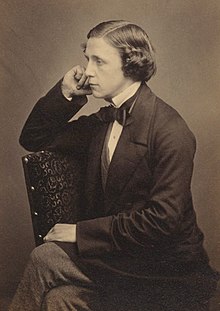The fact that Lords reform is the most intractable question
in British politics is slightly puzzling. The pre-amble to the Parliament Act
1911, the act which first circumscribed the powers of the House of Lords, affirms
“it is
intended to substitute for the House of Lords as it at present exists a Second
Chamber constituted on a popular instead of hereditary basis, but such
substitution cannot be immediately brought into operation.” A century
later, most Lords sit as a matter of appointment rather than birth; yet, the question
of reform still lingers, and nor is it likely to go away until the composition
of the House of Lords even begins to reflect the democratic principles that are
taken as given in all advanced liberal democracies.
Though electing the House of Lords would unquestionably be
in line with our democratic values, the quagmire that is Lords reform
highlights an important truth: values and principles do not necessarily make
for good government. Currently, the Lords acts as a repository of knowledge and
expertise. Though many Peers were appointed based on how much money they
donated to the Labour Party, the House of Lords still contains hundreds of
people appointed due to eminence in their respective fields. This makes the
Lords particularly effective at doing the things that the House of Commons
either does not have the technical expertise to carry out, such as the work of
the Lords Science and Technology Committee, or work that is not considered
especially glamorous, such as scrutiny of EU legislation. How these functions
could be retained with an elected chamber is difficult to see. Electioneering
requires a different skill set, and attracts a different sort of person than those
who currently inhabit the Lords. The likelihood is that an elected second
chamber would simply replicate the functions of the Commons.
The trade off between pragmatism and principles is not new;
almost every difficult political problem involves something like it. But Lords
Reform is special because it is a question that is fundamental to the British
constitution – by who and how our laws are made. We tend to think, in these
matters at least, that principle should triumph: It is better to be a man of
principle than unprincipled, and in the most important matters, principles
should be followed.
 |
| Schumpeter - Political theorist behindthe elite theory of democracy. |
I am not so sure. Any reasonably adult moral outlook, which
surely encompasses politics, as well as broader ethical life, cannot be
enumerated by a short and pithy set of aphoristic principals. Lords reform
does, I think, essentially boil down to a choice between democracy and elitism
in our law making. When the people make their own laws they are autonomous,
free and have the power to make their own destiny. When elites make the laws,
you get better laws. The truth of the matter is that a good polity has great
deal of both, which is pretty much what we have now. We already accept that
monetary policy is determined by professional economists in the Bank of
England, and that the detail of most policy and legislation is worked out by
civil servants. It seems appropriate to me that the two houses of our legislature
should represent a marriage of popular sovereignty, and elite rule – Government
by the people tempered by government for the people.



